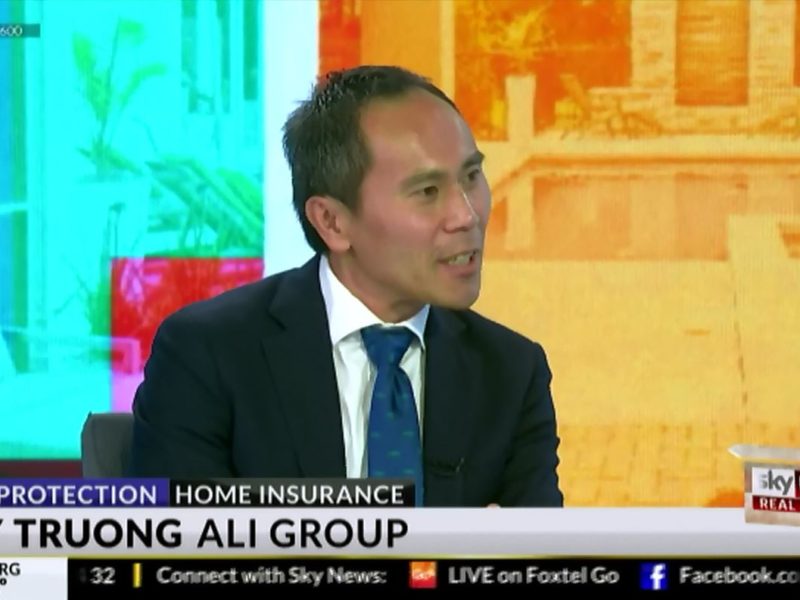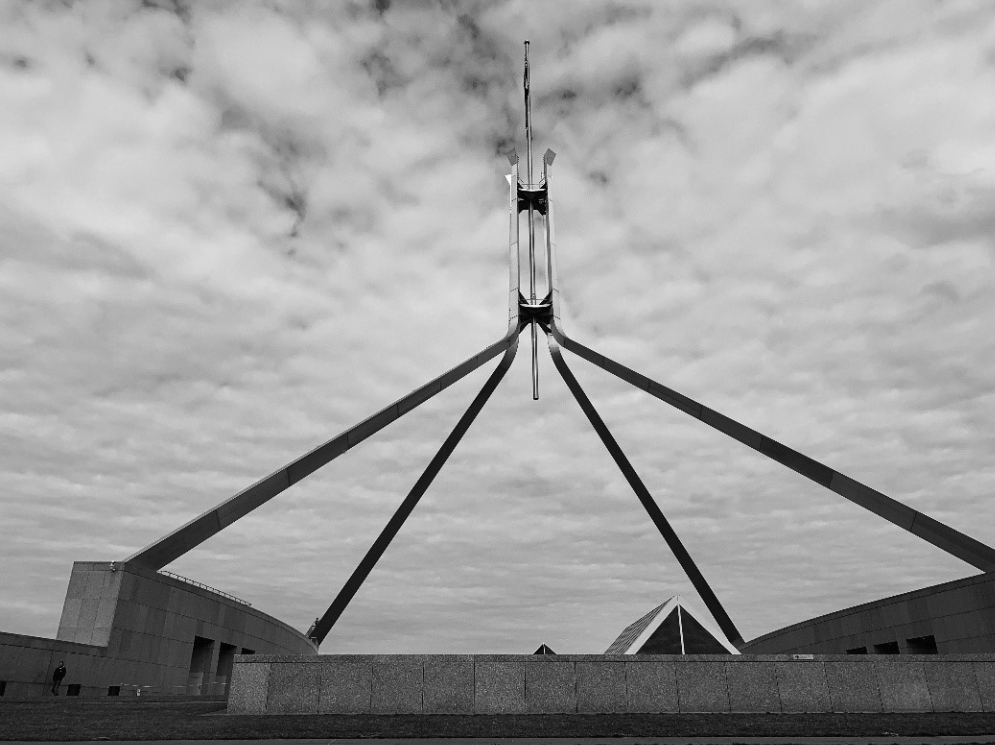A comprehensive, targeted and up-to-date media list is the foundation for any PR campaign that focuses on media coverage.
A media list doesn’t begin with the media contacts – you must firstly have a good understanding of who your campaign is targeting. Define your audience by its demographic and geographic: high-net worth individuals Australia-wide? Urban working women in capital cities? Average-income mums and dads in regional areas? Job-seekers in Sydney and Melbourne? This is insight your marketing department should have. If you don’t have marketing, know who buys or uses your product or service and what they would be reading, watching or listening to.
Your media list should comprise those media outlets that target the same readers, viewers or listeners that your PR campaign does.
KNOW YOUR MEDIA CHANNELS AND CATEGORIES
There are numerous media channels, and categories (genres) within these channels. Within the four major media channels of print, TV, radio and online, you will need to assess whether the following categories should be included in your campaign: women’s, men’s, IT, finance, business, residential property, commercial property, economics, parenting, food, health, wellness, fitness, early general news, current affairs, interior decorating, bridal, fashion, beauty, cars, hospitality… the list goes on.
A public relations campaign works best when its PR consultants know the media outlets in depth and the topics its journalists or producers prefer to report on. This comes with experience, staying on top of what’s being reported in media outlets, knowing who is doing the reporting, and their opinions.
RELEVANCE
While compiling your media list, ensure that your PR campaign messages are relevant to the media contacts you are targeting. There’s nothing that irritates a journalist or producer more than receiving a press release that is unsuitable for their readers, is too promotional, or contains news that is not covered by that media outlet. It is not a good media relationship-building exercise either.
For instance, if you are raising awareness about a new tech gadget, there’s no point adding radio to your list, as the product can’t be showcased through radio (unless it is a well known brand and you want to run a promotion, or you are attaching a celebrity to the brand name). Likewise, there’s no point adding hard-news contacts if there aren’t any hard news angles. You will need visual mediums: tech and consumer magazines, tech newspaper supplements, online tech and consumer media.
SMALL, TARGETED MEDIA LIST OR LONGER LIST?
There are some schools of thought that a small, targeted media list is most effective. Butthe aim of any PR campaign is to saturate the market with its messages, so wide not develop a list that’s as wide as possible?
Having said that, pitching to a broad media list doesn’t mean you simply broaden your list. It means creating PR messages that will be relevant to a broad list. Even so, you may then need to create tailored press releases for each media category. Say your PR campaign is targeting women’s print media, morning TV, current affairs TV, and talkback radio. It may be difficult to generate interest with one blanket pitch. Tailor the press release for each category to maximise relevance to their audience and news style.









